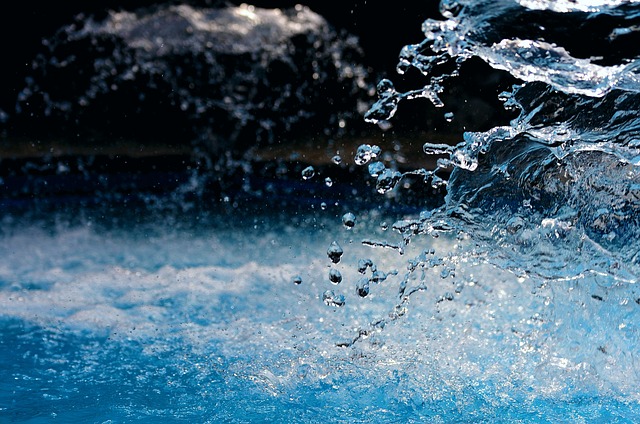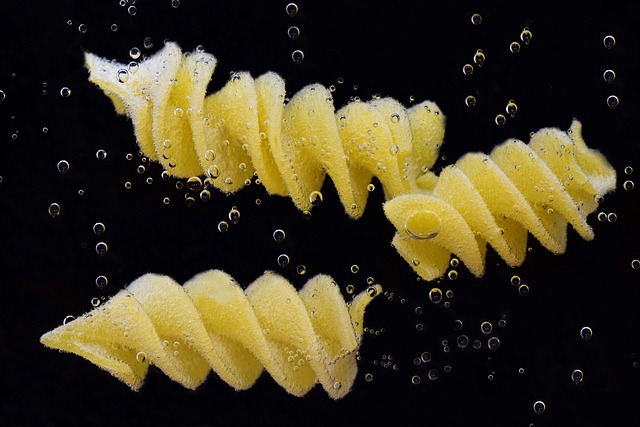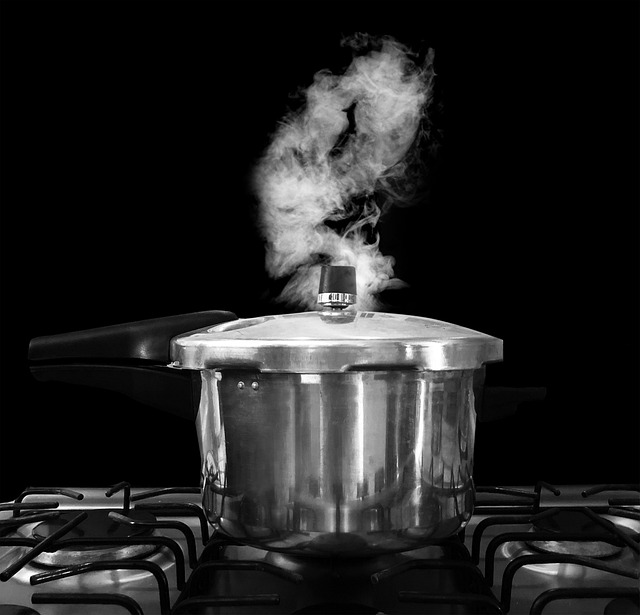Home shutoff valves and pressure regulators are essential safety components that control water flow, maintain pressure, and prevent leaks. Regularly inspect them for corrosion, rust, or mechanical issues, as these can cause water damage and higher bills. Address unusual noises, low pressure, or minor problems like air bubbles promptly to ensure smooth plumbing operation. For complex issues, consult a professional plumber to avoid water damage or structural harm, focusing especially on the pressure regulator.
Before diving into complex plumbing issues, start with the foundation: your home’s main shutoff valve. Understanding its role as a pressure regulator and knowing its location are essential first steps. This guide will walk you through inspecting the valve for common issues, troubleshooting minor problems, and recognizing when professional help, like a plumber, is needed for major repairs or replacements. By arming yourself with this knowledge, you’ll ensure your home’s plumbing system operates smoothly.
- Understanding Your Home's Shutoff Valves: Their Role and Location
- What to Look For When Inspecting the Main Shutoff Valve
- Common Issues with Shutoff Valves and How to Identify Them
- Troubleshooting Tips for Addressing Minor Problems
- When to Call a Professional Plumber for Major Repairs or Replacements
Understanding Your Home's Shutoff Valves: Their Role and Location

Your home’s shutoff valves are essential safety features, designed to control and stop the flow of water in case of emergencies. These valves play a critical role in protecting your property from water damage caused by leaks or bursts. Understanding their location and function is crucial for any homeowner.
In most homes, you’ll find several shutoff valves, each responsible for specific areas like bathrooms, kitchens, and outdoor sprinkler systems. The main shutoff valve, often located near the water meter, controls the entire water supply to your house. It’s a pivotal component in your plumbing system, acting as a gate that allows or blocks water flow. Additionally, many homes have pressure regulators attached to these valves, ensuring consistent water pressure and safeguarding pipes from potential damage caused by sudden pressure changes.
What to Look For When Inspecting the Main Shutoff Valve

When inspecting your main shutoff valve, there are several key aspects to consider. Look for any signs of corrosion or rust, as these can indicate a potential issue with moisture intrusion or long-term exposure to environmental elements. Corrosion might also suggest underlying problems with water quality, such as high mineral content or bacterial growth.
Additionally, check the valve’s sealing mechanism and O-rings for wear and tear. A damaged or improperly seated O-ring can lead to leaks, affecting both water pressure and overall system efficiency. It’s also crucial to verify that the valve’s handle operates smoothly and effortlessly. Sticking or hard-to-turn handles might signal mechanical issues or the need for lubrication. Keep an eye out for any unusual noises during operation, as these could point to potential problems with internal components, including the pressure regulator, which is vital for maintaining stable water pressure.
Common Issues with Shutoff Valves and How to Identify Them

Shutoff valves, a critical component in any plumbing system, can develop various issues over time. One common problem is leaks, which can be caused by worn-out seals or gaskets. Even minor leaks can lead to significant water waste and increased utility bills. Another frequent issue is difficulty in opening or closing the valve, often due to mineral buildup or corrosion. This can hinder efficient water flow and require professional plumbing services for repair.
When identifying problems with shutoff valves, homeowners should pay attention to unusual noises, like banging or dripping sounds, indicating potential damage. Additionally, if you notice a drop in water pressure throughout your home, it might be an indicator of a valve issue, particularly if the problem persists even after checking other fixtures. Regular maintenance, including periodic cleaning and inspection, can help prevent these issues, ensuring smooth operation of your plumbing system and the reliable control of water flow, especially in emergencies where a quick shut-off is crucial, thanks to the presence of pressure regulators.
Troubleshooting Tips for Addressing Minor Problems

When troubleshooting issues with your main shutoff valve, start by inspecting it for any visible damage or corrosion. Check if the valve is fully closed; a slightly open position can cause irregular water pressure. If the valve is damaged or stuck, consider replacing it. Regular maintenance, such as lubricating the stem and seat, can prevent future problems.
For minor issues like a hissing sound, it might be due to air in the pipes, so open other taps to release air bubbles. Another common problem is a fluctuating pressure regulator; ensure it’s adjusted correctly and check for leaks around connections. If adjustments don’t help, consult a professional to diagnose and fix complex issues related to your main shutoff valve or pressure regulator.
When to Call a Professional Plumber for Major Repairs or Replacements

If your main shutoff valve is showing signs of corrosion, leaks, or fails to close properly, it might be a good time to involve a professional plumber. While minor issues like a stuck valve can often be addressed by homeowners, complex problems require specialized knowledge and tools. Major repairs or replacements, especially involving the pressure regulator, demand expert handling. A qualified plumber can assess the situation, identify any underlying issues, and provide tailored solutions.
They can also ensure that any replacement parts are compatible with your plumbing system and meet safety standards. Remember, ignoring issues with your main shutoff valve could lead to more severe problems, including water damage or even structural harm to your home. Timely professional intervention is key to minimizing these risks.
